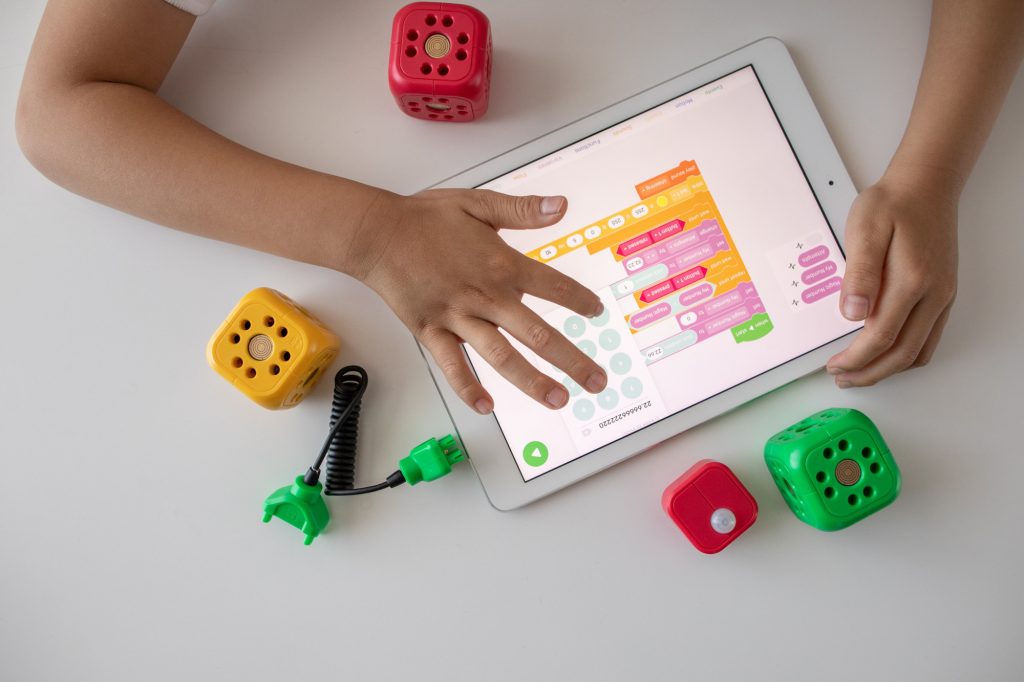If you are reading this blog, it is because you, as well as a high percentage of the population, have started to look for information through the Internet, instead of books and printed media. We have seen this use of technology increase in the last two decades, but since 2020, its growth has been exponential. Today, we see how children are born with this chip, this information about technologies that allow them to know how to use a tablet or a cell phone before they can talk.
Therefore, it is essential to have a protection strategy, a plan that allows us to have a secure life in the digital world. According to the Inter-American Development Bank in Latin America, only 14 of the 26 countries that are members of the IDB have a National Digital Strategy. The IDB document is focused on how countries can have a better organization on how to use technology, close access gaps, to keep children, adolescents, and adults safer.
With the help of this document, it is expected that a digital strategy can be developed:
- The rights of children and teenagers in the digital environment are made effective.
- Use of technology with ethical and responsible principles.
- Cybersecurity tips.
- How to manage the content and data shared by children and adolescents.
- Teaching parents to use parental controls on their children’s devices.
- Communicate to children and teenagers that there are governmental services to help and report when there are problems or digital crimes.
What makes this population group more vulnerable? Their age, their innocence, and their need to assert themselves before the world and build themselves as individual beings are characteristics of children and teenagers that are more accentuated than the adult population. So those of us who are adults, children, and adolescents, seek social acceptance, interpersonal connection, and fun through digital media. How can we protect them? First, by learning and protecting those of us who care for and educate them.
It is important to explain to them why they should not share personal information on digital platforms and be able to guide them in good practices. Doing these activities together can help build a bond of trust. Invite them to create an avatar instead of posting a picture of themselves and do the same yourself, lead by example. Teach them how to use privacy settings, choose the right people to share their information, photos, and activities with, and talk to them about the risks that exist in the virtual world.
In addition to the security settings and the activation of parental controls, ensuring that they don’t access websites or content that they shouldn’t be seeing. We should teach our kids about posting on sites. Deleting a post does not mean it’s permanently gone, all their online posts, comments, and shares are part of their digital footprint. We should also let them know the importance of privacy. We should also teach our children how much personal information is too much information online. Remember that these types of identifying information (names, dates of birth, school names, and hometown), if exposed in a data breach, could make them vulnerable. We recommend establishing a series of rules such as only sharing images with close family members, asking before sending a picture and using other names on their online profiles, among others.

How do we build digital care for the well-being of children and adolescents?
Communication is key, so the first step is to talk. Sharing personal experiences that happen to us even as adults helps to create a bond of trust and receptivity.
When talking to children it is important to approach the subject through metaphors and situations or concepts that are familiar to them, for example, caring for a pet or personal or physical care. With this, we are communicating the message that they should take care of themselves not only individually but also collectively, because, just as in the pandemic, when using a mask, we take care of the people we love, the same happens in the digital world: if we have good security, we are taking care of our family and friends.
- Communication in the cyber world is here to stay, that is why prohibition will not be efficient, it is much better to help them to open and choose safe spaces where they can communicate and play. In addition, this will allow us to know what kind of applications, platforms, and tools they use while using the devices.
- Another recommended practice is to determine fixed times for device use. When it is found that they are accessing content that is appropriate for their age, it is recommended to have a conversation in which the risks are explained and if necessary, proceed to block access to the site, game, application, etc.
- Establish a VPN connection in your home. This connection will help you to ensure that no stranger can identify any member of your family.
- Finally, it is important to teach them the parallels of the dangers between the physical and digital worlds. For example, if they are taught that it is dangerous to talk to strangers in the physical world, the same should apply to the web.
Today, technology occupies a very important place and with the arrival of the metaverse, it will become more and more important. Today let’s work on cybersecurity as a shared responsibility; we must help generate cybersecurity awareness from an early age, this will help reduce the risks to which they are exposed.
